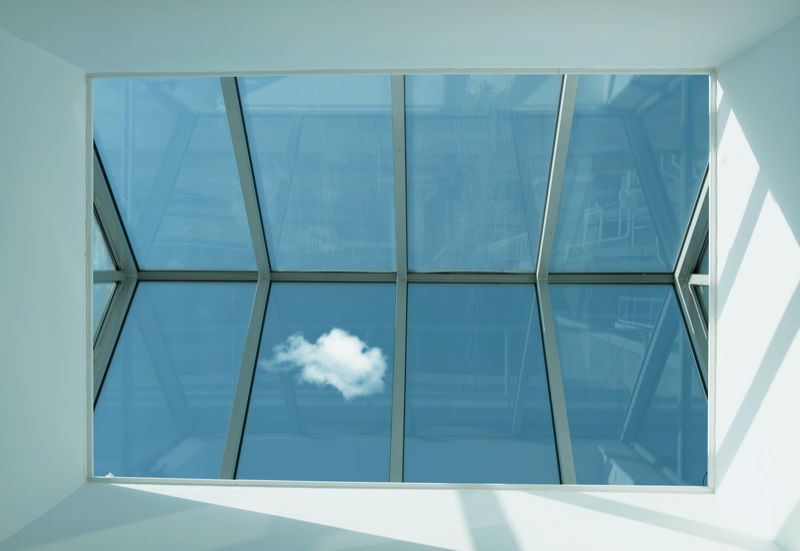
Skylights are an excellent addition to any home or commercial space, as they allow natural light to flood interior areas, creating a brighter and more open atmosphere. When considering the installation of skylights, one crucial factor to consider is the thickness of the skylight glass. The appropriate thickness is essential for both safety and energy efficiency. In this comprehensive guide, we will explore the factors that influence skylight glass thickness, how to determine the right thickness for your needs, and the advantages of different glass thickness options.
Factors Influencing Skylight Glass Thickness
Several factors come into play when determining the appropriate thickness for skylight glass. These factors include:
- Location and Climate:
The geographical location of your building and the local climate plays a significant role in determining skylight glass thickness. In regions with extreme weather conditions, such as hailstorms, heavy snowfall, or high winds, thicker glass may be required for added durability and protection.
- Skylight Size:
The size of the skylight is another critical consideration. Larger skylights typically require thicker glass to withstand the increased weight and stresses placed on the glass.
- Load-Bearing Capacity:
Skylights are subject to various loads, including dead loads (the weight of the glass and framing), live loads (such as snow or wind), and dynamic loads (impact from hail or debris). The skylight glass thickness should be chosen based on the load-bearing capacity of the framing system.
- Safety Standards:
Building codes and safety standards dictate minimum glass thickness requirements for skylights. Compliance with these standards is essential to ensure the safety of occupants in case of breakage.
- Energy Efficiency:
Thicker glass can provide better insulation and energy efficiency. The glass’s ability to resist heat transfer (measured by its U-value or R-value) is an important consideration, especially in climates with extreme temperatures.
- Aesthetics:
Thicker glass may have a different visual appearance than thinner glass due to its greater depth and weight. Consider the aesthetic impact of glass thickness on the overall design of the space.
- Budget:
The cost of skylight glass increases with thickness. Balancing your budget with your performance and aesthetic goals is an essential part of the decision-making process.
Determining the Right Skylight Glass Thickness
To determine the appropriate skylight glass thickness for your specific needs, consider the following steps:
- Consult Local Building Codes:
Check with your local building department to understand the minimum glass thickness requirements and safety standards for skylights in your area. Building codes can vary by region and are a crucial starting point.
- Assess Climate and Weather Conditions:
Analyze the local climate and weather patterns. Consider the potential for hail, heavy snow loads, and high winds. Choose a glass thickness that can withstand these conditions.
- Evaluate Framing System:
Examine the load-bearing capacity of the skylight’s framing system. The framing must be able to support the weight of the glass and resist additional loads.
- Calculate Glass Size and Weight:
Determine the size and weight of the skylight glass based on the dimensions of the opening and the glass material. Larger skylights or those made of heavier materials may require thicker glass.
- Consider Energy Efficiency:
Evaluate your energy efficiency goals. Thicker glass with better insulation properties can reduce heat loss in the winter and heat gain in the summer, resulting in energy savings.
- Think About Safety:
Prioritize safety by choosing glass that meets or exceeds safety standards. Safety glass options, such as tempered or laminated glass, are designed to minimize the risk of injury in case of breakage.
- Balance Aesthetics and Budget:
Consider the visual impact of the skylight glass thickness on the overall design. Balance aesthetics with budget constraints to achieve the desired look without compromising safety and performance.
Advantages of Different Skylight Glass Thickness Options
The choice of skylight glass thickness impacts various aspects of skylight performance and functionality. Here are some advantages associated with different glass thickness options:
- 3mm to 5mm Glass:
- Typically used for smaller skylights in mild climates.
- Economical choice.
- Limited insulation properties but suitable for spaces where energy efficiency is not a primary concern.
- 6mm to 8mm Glass:
- Offers improved insulation and energy efficiency compared to thinner glass.
- Suitable for medium-sized skylights in regions with moderate climate conditions.
- 10mm to 12mm Glass:
- Provides better thermal insulation and energy efficiency.
- Suitable for larger skylights and regions with more extreme temperatures.
- Offers enhanced sound insulation.
- Thicker Than 12mm Glass:
- Offers the highest level of insulation and energy efficiency.
- Ideal for very large skylights and regions with extremely hot or cold climates.
- Provides superior sound insulation.
- Safety Glass Options:
- Tempered Glass: Tempered glass is a safety glass that is highly resistant to breakage. In the event of breakage, it shatters into small, dull-edged pieces, reducing the risk of injury.
- Laminated Glass: Laminated glass consists of multiple layers of glass and an interlayer of plastic. It is designed to stay intact even when broken, making it a safe option.
Conclusion
Selecting the right skylight glass thickness is a critical decision that depends on a combination of factors, including location, climate, load-bearing capacity, energy efficiency goals, safety standards, aesthetics, and budget considerations. By carefully evaluating these factors and consulting with professionals, you can make an informed choice that ensures your skylight provides both natural light and long-lasting performance for years to come.
